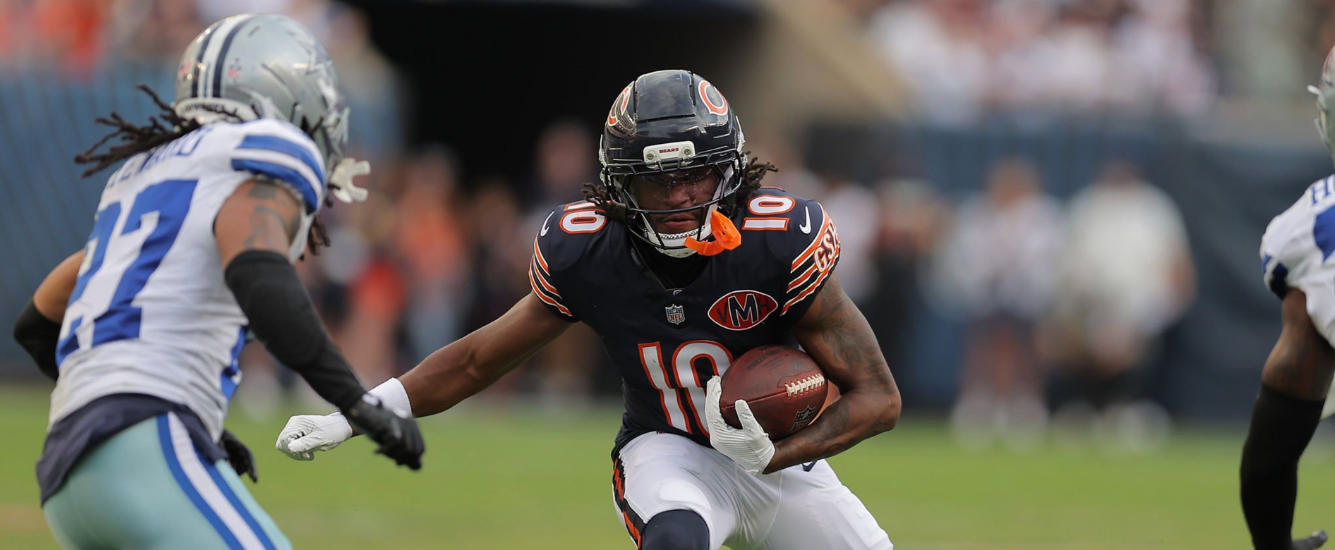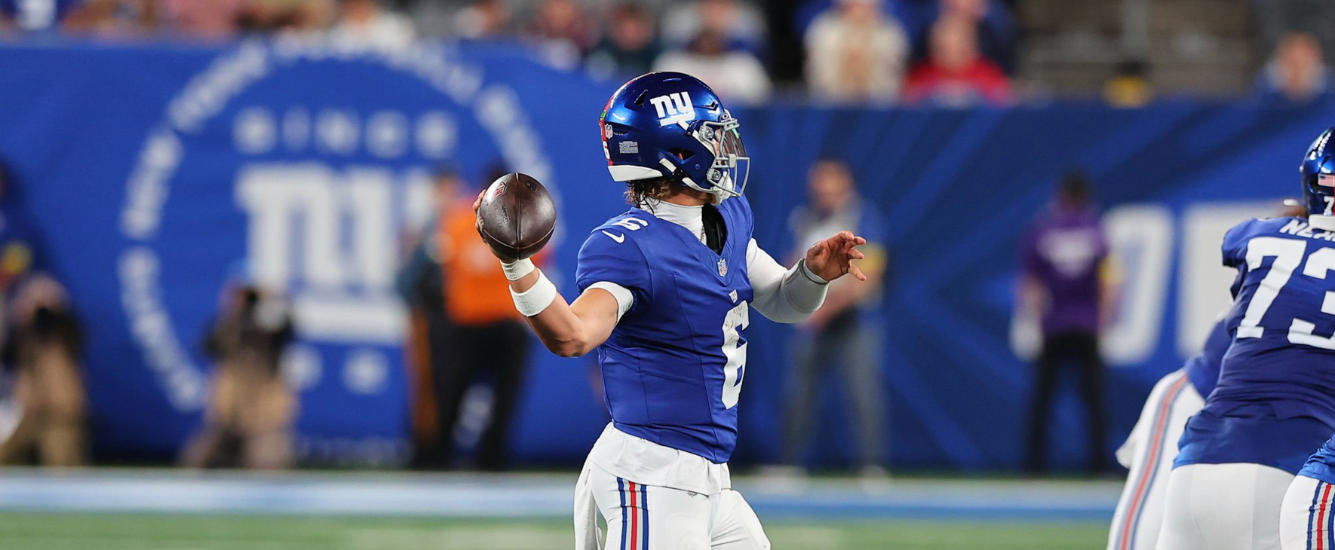Every week, there’s a discussion of whether or not to play golfers coming off of a victory. It’s easy to say “well, this guy has been celebrating so we should fade” or “he’s obviously playing great golf so we should keep riding them until the wheels fall off.” Those are narratives, though — the stories we tell ourselves with little to no proof. We’re going to dive into winning performances and see if we can make heads or tails of this question.
Who Wins Tournaments?
It should come as no surprise that the most expensive golfers are the most likely to win tournaments. Just over 56% of the winners in the database have been priced at $8,500 or above. On the other end of the spectrum, just 3% of the trophy hoisters have come from below $6,500.

What Happens to a Winner’s Price in their Next Start?
After a win, you’d assume that golfers see an increase in price when they make their next start. We’ve found that in some ranges we actually like price risers, so that alone certainly shouldn’t disqualify a golfer from consideration.
| Price – Week of Win | Price – Next Start | Price – Difference | |
| 1st Quartile | $7,300 | $7,800 | +$500 |
| Median | $8,600 | $9,600 | +$1,000 |
| Mean | $8,761 | $9,300 | +$539 |
| 3rd Quartile | $10,200 | $10,700 | +$500 |
When we see higher prices, we should hope for higher DK scoring. It’s pretty difficult to back up a win with a higher-scoring performance, though.
What Happens to a Winner’s Ownership in their Next Start?
Since the narrative on winners in their next start can go either way, let’s take a look at whether or not the community goes back to these guys.
| Ownership – Week of Win | Ownership – Next Start | Ownership – Difference | |
| 1st Quartile | 5.7% | 4.7% | -1% |
| Median | 11.6% | 10.9% | -0.7% |
| Mean | 11.9% | 11.7% | -0.2% |
| 3rd Quartile | 17.7% | 16.9% | -0.8% |
We actually see a slight ownership discount on golfers coming off of a win. That’s a good thing so long as golfers are still performing well.
How do Winners do in Their Next Start?
It’s difficult to win a PGA Tour event. So it stands to reason that winning two in a row is extremely unlikely. So where do previous winners tend to finish?[1]The graph below counts missed cuts as a finish position of 66.

Golfers coming off a win have finished in the top 10 about 26% of the time. That group has an average salary of just a shade under $10,000 though. Overall, we have seen just over 40% of the winners come back with a finish of T21 or better.[2]With a similar average salary
On the opposite side of potential outcomes, we’ve seen just under a third of golfers miss the cut in the event following their win. That group has an average salary of $8,844. It appears much more likely that a golfer who’s already established would be less likely to fizzle out following a win.
Do Price Changes Matter?
The higher the salary of a winner, the better chance that they’re going to be able to play well in their return effort after their victory. We’ve seen, a few times now, that price increases are a good indicator of future outcomes in PGA DFS.
Golfers that saw a price decrease – despite their win – finished inside of the top 10 in their following event just 22% of the time. They were higher owned and less successful. Golfers that saw a price increase were almost as unsuccessful. They finished in the top 10 only 28% of the time in their follow-up. These golfers, though, saw an ownership discount. Additionally, the fallers (in price) had a ceiling[3]75th percentile of 74 DK Points while the price risers had a ceiling of just over 85 DK Points.
Conclusions
We’re talking about pretty small margins here as this is a limited sample size. However, we should be able to rank our options pretty well here. If a golfer is high-priced during their win and still sees a price increase, we can believe in their ability to follow-up their win with a good performance. If a golfer is in one of the lower tiers and/or sees a price decrease, we can likely fade them regardless of any other qualities that may make us want to chase their form.




















